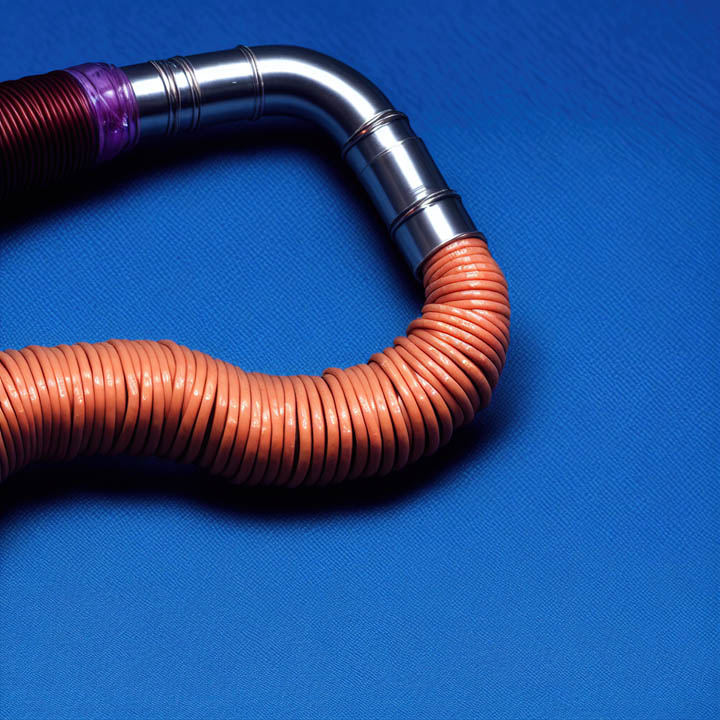La morne moyenne de l’IA / The dull average of AI

Dans les débats sur l’IA, le plus souvent on valorise l’originalité, la création d’un évènement singulier, sans antériorité et peut être sans postérité pour la dénier à l’induction statistique à l’attribuer au génie de l’intuition humaine, forcément incalculable. On peine à voir les productions humaines comme des variations, des dérivations, des cascades, c’est-à-dire des flux. Et assurément la production culturelle de l’IA intensifie cette fluxionnalité, la rendant récursive à la limite de la réflexivité. On ne saurait les identifier l’une et l’autre, mais envisager un dialogue entre elles.
Dans les débats sur l’intelligence artificielle et la production artistique, on utilise comme argument, pour réfuter la capacité des réseaux récursifs de neurones à réaliser de telles productions crédibles, le fait qu’ils seraient incapables d’originalité et enchainés à une moyenne statistiquement induite. Par là on suppose que l’humanité des œuvres d’art est liée à la production d’un évènement radicalement singulier, une rupture historique et esthétique sans antériorité et sans postérité.
Mais le travail culturel consiste souvent à créer de tels liens en essayant de resituer une œuvre dans son histoire passée et dans ses conséquences, d’en voir précisément les formes récurrentes et les variations pour tenter d’en circonscrire l’apport. On débouche souvent sur le caractère inextricable des répétitions et des variations, du passé et du futur, inextricabilité produisant justement le fil historique.
Il y a donc quelques étonnements à voir que nos pratiques culturelles, par exemple l’histoire de l’art, s’intéressent à la différence dans la répétition alors que nos à priori artistiques consistent à considérer une pure différence qui ne serait pas le produit de récurrences. Je parle bien là du sens commun.
Le paradoxe s’accentue si on perçoit dans cette valorisation de l’évènement l’expression d’une valorisation de l’individu. Car c’est bien ce dernier considéré comme une entité autonome capable d’un évènement radicalement singulier qui est mis en scène. De sorte que l’argument humaniste contre les réseaux récursifs de neurones se retourne contre lui-même dans la mesure où il provient de la même structure historique : l’Arraisonnement. Il est la même volonté de puissance attribuée à deux éléments différents, l’un humain et l’autre technique, mais qui reste structurellement complice.
Dès lors l’argument qui semble aller de soi, consistant à ramener l’intelligence artificielle et ses statistiques à la production d’une morne moyenne, produit un angle mort qui serait à même de problématiser le caractère morne de nos propres productions. Alors nous utilisons l’intelligence artificielle pour redonner une force à ce qui n’en a plus beaucoup, à ce dont nous doutons jour après jour, c’est-à-dire la vacuité de nos productions culturelles et leur caractère répétitif. Et nous retrouvons cette force en détournant le regard de son objet et en le tournant vers un autre, les technologies inductives.
Cette attribution par la négative a bien sûr son économie et ses avantages, mais empêche de penser la relation entre récurrence et différenciation ou comment des variations, des inclinaisons, des cascades, des chutes et des écoulements, c’est-à-dire des flux, produisent d’une manière différente chez l’être humain et dans les technologies quelque chose de perceptible.
On peut concevoir cette controverse comme celle de l’évènement et des flux. Certains considèrent l’art comme un évènement anomique, une rupture ou une interruption sublime, tandis que d’autres tentent d’apercevoir ses productions comme le fruit de fluxation, de variation, de clinamen et font émerger les différences dans le champ même des répétitions parce que celles-ci ne sont pas identiques à elle-même et ceci dès l’origine. Il y a dans chaque élément une puissance d’aliénation, de devenir autre, autre que « soi ».
Si on adopte cette seconde perspective alors force est de constater que l’induction statistique intensifie un peu plus la récurrence de la récurrence, à la limite d’une réflexivité permettant de prendre en compte les conditions de possibilité de ces processus. Et introduis un trouble certain avec l’anthropologie. Mais là encore il faut se méfier méthodologie de la rupture de l’évènement et ne pas croire qu’en disant cela on ne fait identifier que l’un à l’autre, ramenant l’intelligence artificielle à l’intelligence humaine. C’est bien plutôt un lien paradoxal, étrange entre les deux, comme un écho ou un dialogue, une interdépendance qui est en jeu suivant en cela Donna Harraway qui, dans le manifeste Cyborg, écrivait qu’on ne savait pas ce que l’humain amène à la technique ou ce que la technique a amené à l’humain.

In the debates on AI, originality, the creation of a singular event, without anteriority and perhaps without posterity, is most often valued in order to deny it to statistical induction and to attribute it to the genius of human intuition, necessarily incalculable. One struggles to see the human productions as variations, derivations, cascades, that is to say flows. And certainly the cultural production of AI intensifies this fluxionality, making it recursive to the limit of reflexivity. We cannot identify one and the other, but rather envisage a dialogue between them.
In the debates on artificial intelligence and artistic production, the argument used to refute the capacity of recursive neural networks to realize such credible productions is that they would be incapable of originality and chained to a statistically induced average. By this we suppose that the humanity of works of art is linked to the production of a radically singular event, a historical and aesthetic rupture without anteriority and without posterity.
But the cultural work often consists in creating such links by trying to resituate a work in its past history and in its consequences, to see precisely the recurrent forms and the variations of it to try to circumscribe the contribution of it. One often ends up on the inextricable character of the repetitions and the variations, of the past and the future, inextricability producing precisely the historical thread.
There are thus some astonishments to see that our cultural practices, for example the history of the art, are interested in the difference in the repetition whereas our artistic a priori consist in considering a pure difference which would not be the product of recurrences. I speak well there of the common sense.
The paradox is accentuated if we perceive in this valorization of the event the expression of a valorization of the individual. Because it is well this last considered as an autonomous entity capable of a radically singular event which is put in scene. So that the humanist argument against recursive neural networks turns against itself insofar as it comes from the same historical structure: Arraisal. It is the same will to power attributed to two different elements, one human and the other technical, but which remains structurally complicit.
Therefore, the argument that seems to be self-evident, consisting in reducing artificial intelligence and its statistics to the production of a dull average, produces a blind spot that would be able to problematize the dull character of our own productions. So we use artificial intelligence to give back a strength to what doesn’t have much, to what we doubt day after day, that is to say the emptiness of our cultural productions and their repetitive character. And we find this force by turning away the glance of its object and by turning it towards another, the inductive technologies.
This attribution by the negative has of course its economy and its advantages, but prevents to think the relation between recurrence and differentiation or how variations, inclinations, cascades, falls and flows, that is to say flows, produce in a different way in the human being and in the technologies something perceptible.
One can conceive this controversy as that of the event and the flows. Some consider the art as an anomic event, a rupture or a sublime interruption, while others try to perceive its productions as the fruit of fluxation, of variation, of clinamen and make emerge the differences in the same field of the repetitions because these are not identical to itself and this from the origin. There is in each element a power of alienation, of becoming other, other than “oneself”.
If one adopts this second perspective, then one is forced to note that statistical induction intensifies a little more the recurrence of recurrence, to the limit of a reflexivity allowing to take into account the conditions of possibility of these processes. And introduces a certain disorder with anthropology. But here again we must beware of the methodology of the rupture of the event and not believe that by saying this we are only identifying one with the other, bringing artificial intelligence to human intelligence. It is rather a paradoxical link, strange between the two, like an echo or a dialogue, an interdependence which is in play following in that Donna Harraway who, in the manifesto Cyborg, wrote that we did not know what the human brings to the technique or what the technique brought to the human.
